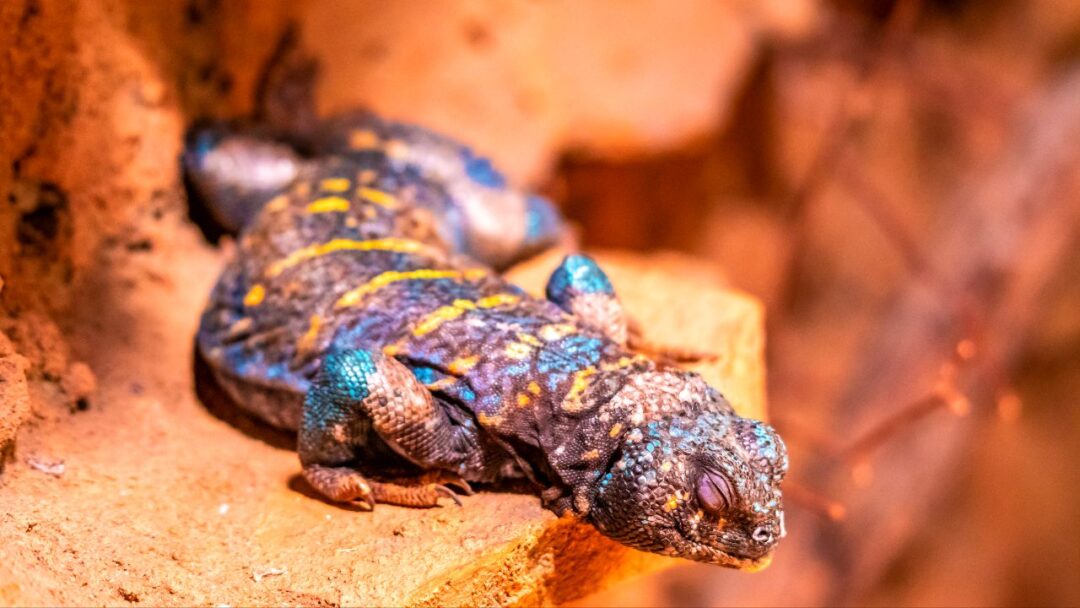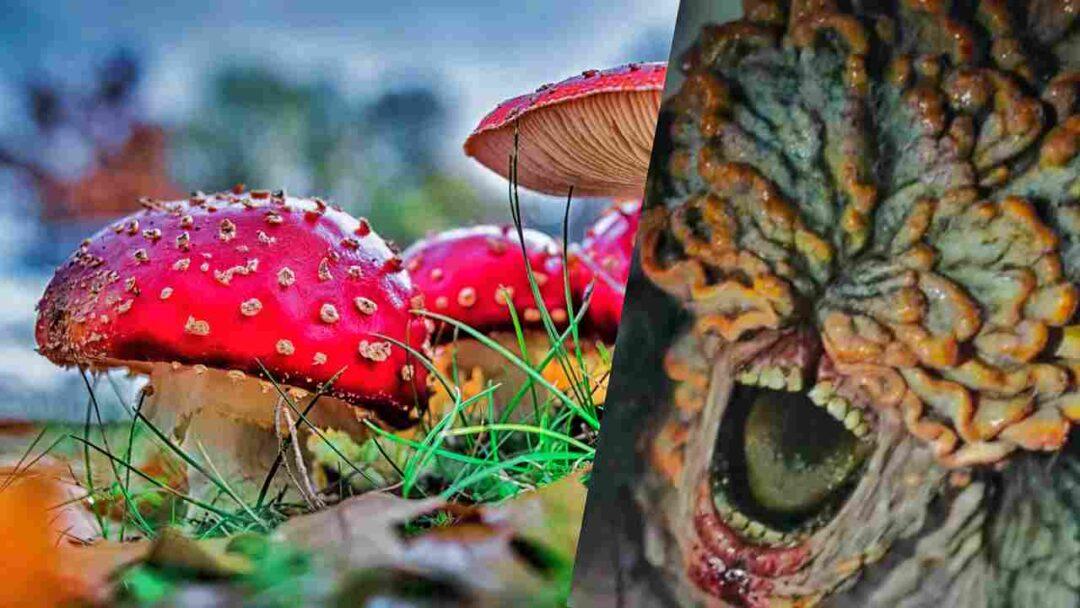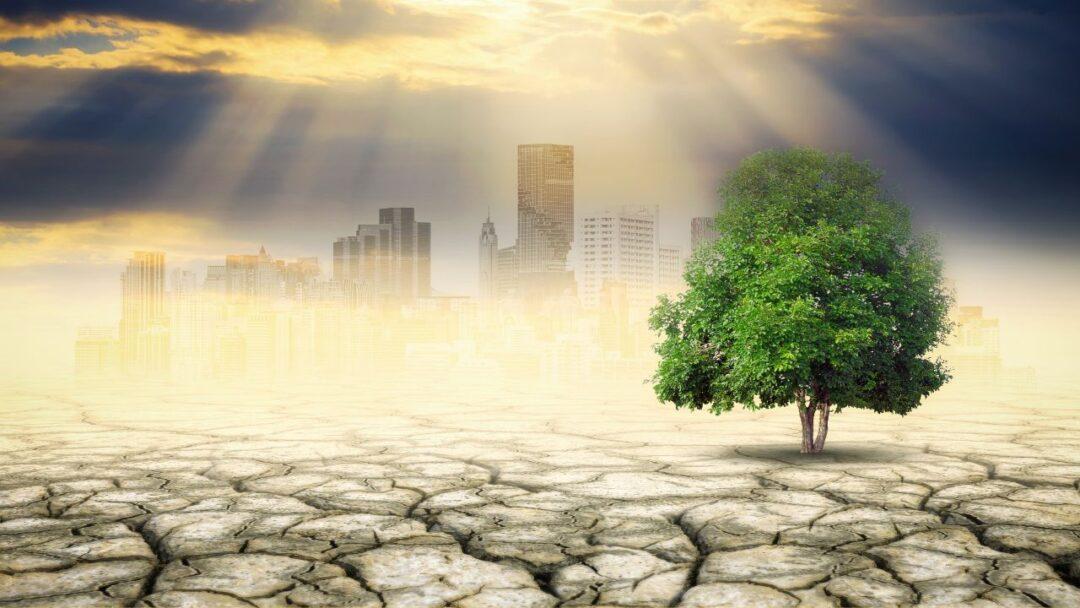Table of Contents

Introduction
The desert, a desolate region that would seem to be uninhabitable to life, is home to a startling variety of creatures that have not only adapted to its harsh conditions but have thrived there. Desert plants and animals have developed extraordinary coping mechanisms to deal with their harsh surroundings, exhibiting nature’s amazing adaptability and creativity. In this article, we’ll set out on an exciting quest to learn about the remarkable adaptations that allow desert flora and fauna to thrive despite seemingly insurmountable obstacles.
I. Adaptations of Desert Plants
- Succulent Survival: Cacti and agave are examples of succulent plants that have evolved specialized water-storing tissues that enable them to withstand prolonged drought. Their spines reduce water loss, deter herbivores, and retain water in their fleshy leaves and stems. Even some cacti have expandable ribs that enable them to expand and contract in response to water absorption and conservation.
- Deep Rooting: In search of water, desert plants frequently have extensive root systems that can reach very deep into the soil. While shallow-rooted plants, like desert grasses, spread widely to maximize water absorption during sporadic rainfall, taproots, like those found in mesquite trees, delve meters below the surface to access hidden water reserves.
- Reduced Leaf Surface: Many desert plants have evolved smaller leaves or altered leaf structures to reduce water loss through transpiration. The creosote bush serves as an example of this adaptation because its small, waxy leaves help conserve precious moisture while still enabling photosynthesis.
- Nocturnal Flowering: Some desert plants, like the evening primrose and night-blooming cereus, have evolved the ability to bloom only during the cool, tranquil hours of the night in order to avoid the intense heat and conserve water. Specialized pollinators, like moths and bats, are drawn to these nocturnal flowering plants, ensuring fertile reproduction.
II. Survival Strategies of Desert Animals
- Efficient Water Conservation: Animals living in the desert have developed a variety of strategies to reduce water loss and effectively use the scarce water supplies available. For example, kangaroo rats have extremely effective kidneys that concentrate urine, enabling them to extract the most water possible from their food and reduce fluid loss.
- Nocturnal Lifestyle: The fennec fox and the jerboa are two examples of desert animals that have adapted to nocturnal behaviors. These creatures minimize water loss through evaporation and more efficiently control their body temperature by avoiding the sweltering daytime temperatures.
- Heat Dissipation and Insulation: Desert animals use clever coping mechanisms to deal with the high temperatures. For instance, the fennec fox’s long ears help it to dissipate heat, and the camel’s thick coat protects it from both heat and cold. Some reptiles, like the Gila monster, seek refuge from the scorching sun by entering underground burrows during the hottest times of the day.
- Specialized Diets: Due to the lack of food in arid environments, desert animals have modified their diets. The thorny devil lizard relies on a diet primarily made up of ants and termites, whereas the roadrunner is an opportunistic predator that feeds on lizards, insects, and small rodents. They can endure in ecosystems with scarce resources thanks to their distinctive feeding techniques.
III. Mutualistic Relationships
- Pollination Partnerships: Various pollinators are frequently required by desert plants for successful reproduction. For instance, the yucca moth is essential to the pollination of the famous Joshua tree. By laying its eggs inside the flower, the yucca moth both pollinates the tree and ensures the survival of its young. This beneficial partnership is proof of the complex web of life in desert ecosystems.
- Water Seekers: As “water seekers,” some desert animals, like the desert tortoise, are essential components of the ecosystem. They create burrows that store and retain water during infrequent downpours, hydrating other animals and promoting the germination of plant seeds. In the dry desert landscape, these water sources grow to become oases.
Frequently Asked Questions (FAQ)
How do desert plants survive in extreme heat and lack of water?
For desert plants to survive in such harsh conditions, they have evolved remarkable adaptations. While some plants store water in their leaves, stems, or roots, others have extensive root systems that can draw water from very deep underground. In order to prevent water from evaporating through their surfaces, many desert plants also have waxy coatings or tiny hairs.
What are some examples of desert plants with unique adaptations?
The Saguaro cactus, which can expand like a sponge to store significant amounts of water during rainy seasons, is one notable example. Another illustration is the Joshua tree, which has deep groundwater reserves accessible by its extensive root systems. The recognizable prickly pear cactus has altered leaves known as “pads” that can store water and ward off water loss.
How do desert animals survive without much water?
Desert animals have developed a variety of adaptations to deal with the lack of water. Some animals, like the kangaroo rat, get all of their water from food and don’t need to drink it. Numerous desert animals are nocturnal, meaning they are active at night when it is cooler and less likely that they will lose water to evaporation. Animals with effective kidneys that can concentrate urine can lose less water.
What are examples of desert animals with unique adaptations?
The fennec fox is an interesting desert animal with large ears that help with heat dissipation and finding underground prey. The “ship of the desert,” as the camel is frequently referred to, has humps that store fat rather than water, which can be used as energy when food and water are in short supply. The thorny devil lizard inhabits the deserts of Australia and has unique scales that can draw water from the surface and direct it to its mouth.
How do desert plants and animals tolerate extreme temperature fluctuations?
Desert organisms have evolved a variety of defense mechanisms to deal with sudden temperature changes. In order to fend off heat and cold, some plants have thick, insulating coverings, while others slow down their metabolic activity. Desert animals may use behavioral adaptations like sunbathing during cooler months and seeking shade during the summer, or they may dig burrows for shelter.
Can desert plants and animals withstand sandstorms?
Desert plants have sandstorm resistance mechanisms. Many are firmly rooted in the ground thanks to their extensive root systems, which guard against uprooting. Small, narrow leaves or spines on some plants can help to decrease surface area and prevent sand deposition. In order to protect themselves during sandstorms, desert animals may burrow underground or seek refuge in crevices.
How do desert plants and animals obtain enough food in such barren landscapes?
Desert plants have developed adaptations to get their nutrients from scarce sources. To reach deeper soil layers with water and nutrients, some plants have long taproots. Other people have created specialized mechanisms to interact with certain organisms or to draw nutrients from the air. Animals in the desert have evolved to consume a wide range of foods, such as seeds, fruits, insects, and even other animals.
Are there any mutualistic relationships between desert plants and animals?
In fact, desert ecosystems frequently have mutualistic relationships. For instance, certain cacti depend on particular pollinator species, like bats or insects, to spread pollen between flowers and promote reproduction. In order to increase nutrient uptake, some desert plants also associate with fungi. Birds and mammals can gain from plants by eating their fruits or finding refuge in their branches, and they can also help with pollination or seed dispersal.
How long can desert plants and animals survive without water?
Depending on a species’ adaptations, some can live without water. Some desert plants can remain dormant for weeks, months, or even years while they wait for the right conditions. Although different desert animals have different needs for water, some, like the dromedary camel, can go for several weeks without it by relying on body fat reserves and effective water conservation techniques.
How do desert plants and animals reproduce in such extreme environments?
Desert plants have evolved distinctive reproduction techniques. To quickly germinate, grow, and produce seeds before the dry conditions return, some plants depend on brief periods of rainfall. Others have adapted to asexual reproduction, for example, by developing bulb-like structures or new plant shoots that emerge from underground stems. In order to successfully reproduce in arid conditions, desert animals frequently time their reproduction to coincide with periods of increased food availability or use specialized adaptations.
Conclusion
The wonders of natural selection are demonstrated by the adaptations made by desert plants and animals. These organisms have adapted cutting-edge survival techniques to flourish in hostile environments with limited water supplies and high temperatures. Each adaptation—from the succulent plants’ capacity to store water to the effective water-conservation strategies of desert animals—represents a remarkable victory for evolution.
Let us be in awe of the adaptability and diversity of life that endures in spite of all odds as we explore the breathtaking desert landscapes. Desert plants and animals’ adaptations serve as a reminder of nature’s amazing capacity for inspiration and adaptation, leaving us in awe of the amazing creations that can survive in the world’s harshest environments.
The Role of National Parks in Biodiversity Conservation : NEXT POST





Pingback: Winged Wonders: Unveiling Birds Diversity And Behaviors | Animal TV Hindi